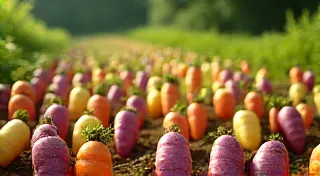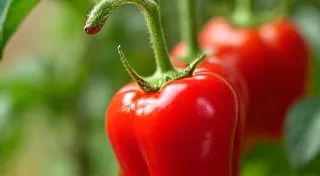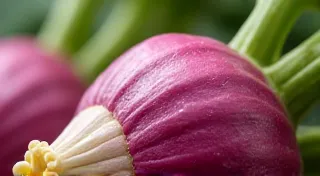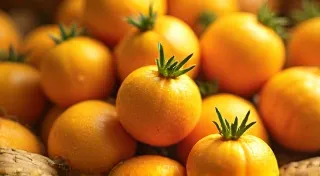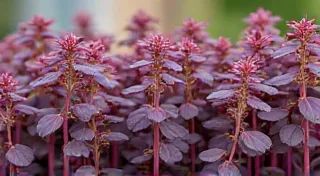Tri-Color Chard: Elevating Your Garden with Visual Appeal
Swiss chard often gets overlooked, but it’s a true gem in the vegetable garden – and it’s so much more than just tasty! It's a stunning addition that instantly elevates the visual appeal of your garden. While standard green chard is perfectly good, tri-color chard takes things to a whole new level of beauty, offering a vibrant mix of colors that will catch the eye of everyone who passes by. This article will guide you through growing and incorporating this extraordinary vegetable into your garden design.
Why Choose Tri-Color Chard?
Beyond its delicious, slightly earthy flavor (which can be enjoyed raw in salads or cooked in various dishes), tri-color chard offers a fantastic opportunity for garden design. The leaves typically display a captivating blend of red, orange, yellow, and sometimes purple hues, alongside the classic green. These colors are especially striking when contrasted with other plants. It’s a fantastic way to inject personality and artistry into your vegetable patch. Imagine rows of vibrant color providing a backdrop to your other unusual vegetables - a truly unique and beautiful sight!
Growing Tri-Color Chard: What You Need to Know
Fortunately, growing tri-color chard is relatively straightforward. It's a cool-season crop, making it ideal for spring and fall planting. Here’s a breakdown of essential growing tips:
- Sunlight: Chard thrives in full sun (6-8 hours daily) but tolerates partial shade.
- Soil: Well-draining soil rich in organic matter is crucial. Amend your soil with compost before planting.
- Planting: Sow seeds directly into the garden or start them indoors 4-6 weeks before the last frost. Space plants 12-18 inches apart.
- Watering: Keep the soil consistently moist, especially during hot weather.
- Fertilizing: Feed your chard with a balanced fertilizer every few weeks.
- Harvesting: Harvest outer leaves as needed, allowing the inner leaves to continue growing.
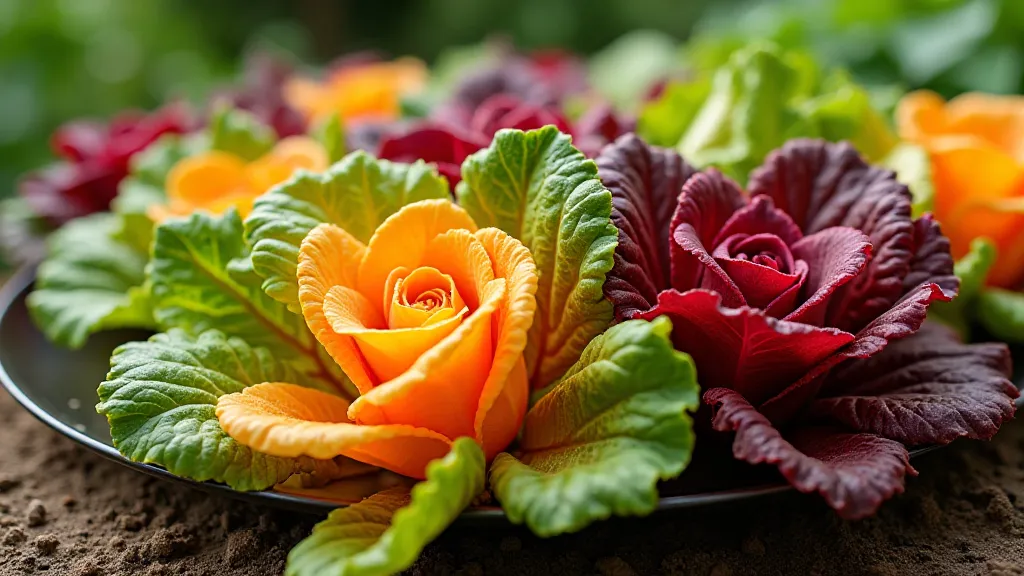
Incorporating Tri-Color Chard into Your Garden Design
The beauty of tri-color chard makes it incredibly versatile for garden design. Here are a few ideas to inspire you:
- Borders: Plant rows of tri-color chard along garden borders to create a striking visual barrier.
- Containers: Grow chard in containers for a pop of color on patios or balconies.
- Mixed Beds: Interplant chard with other vegetables and flowers for a harmonious blend of colors and textures. Consider pairing it with contrasting hues like purple kale or bright orange nasturtiums.
- Cut-and-Come-Again: Regular harvesting encourages bushy growth, making it a beautiful and functional element in your garden.

Beyond the Garden: Culinary Uses
Don’t let the beauty fool you – tri-color chard is also incredibly delicious and nutritious! Both the stems and leaves are edible. The stems can be peeled and cooked like celery, while the leaves can be used in salads, stir-fries, soups, and quiches. The different colored stems offer a visual appeal in dishes too.
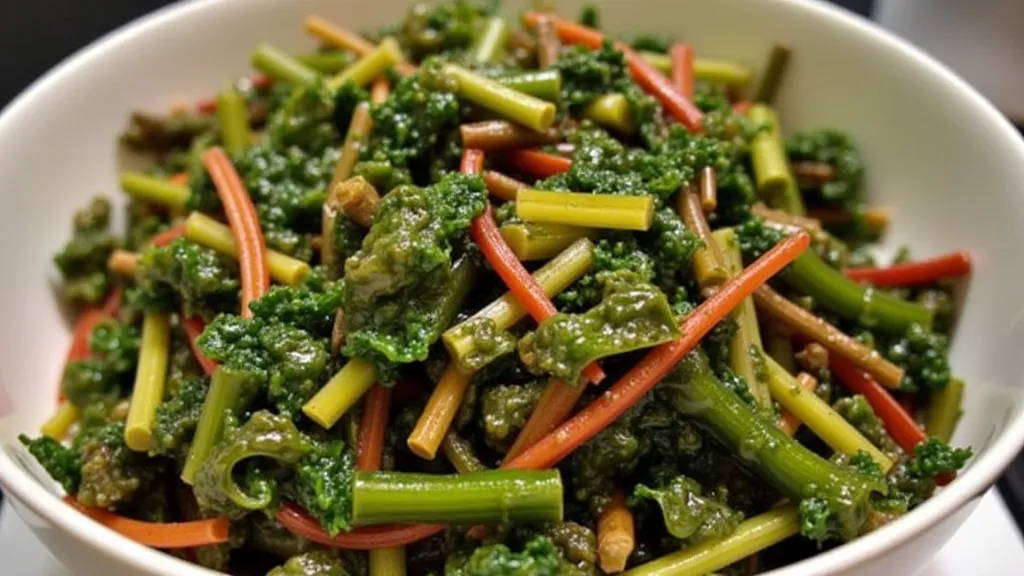
Conclusion
Tri-color chard is more than just a vegetable; it’s a work of art. By incorporating it into your garden, you can elevate your space with a splash of color and enjoy the delicious flavor of this versatile crop. So, embrace the unusual and transform your vegetable garden into a visually stunning and flavorful oasis. Happy gardening!
